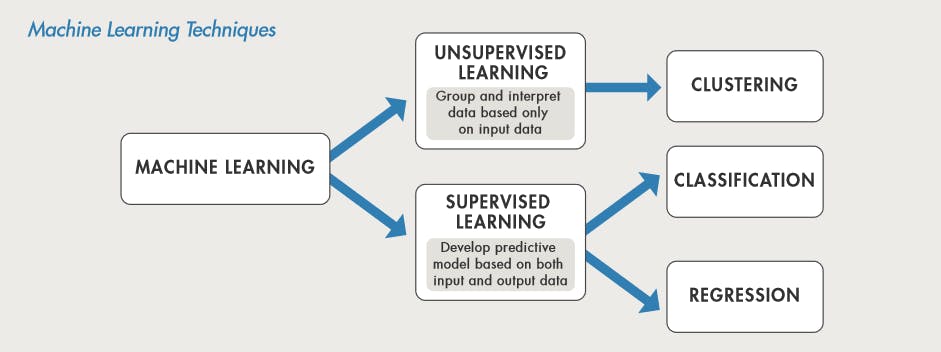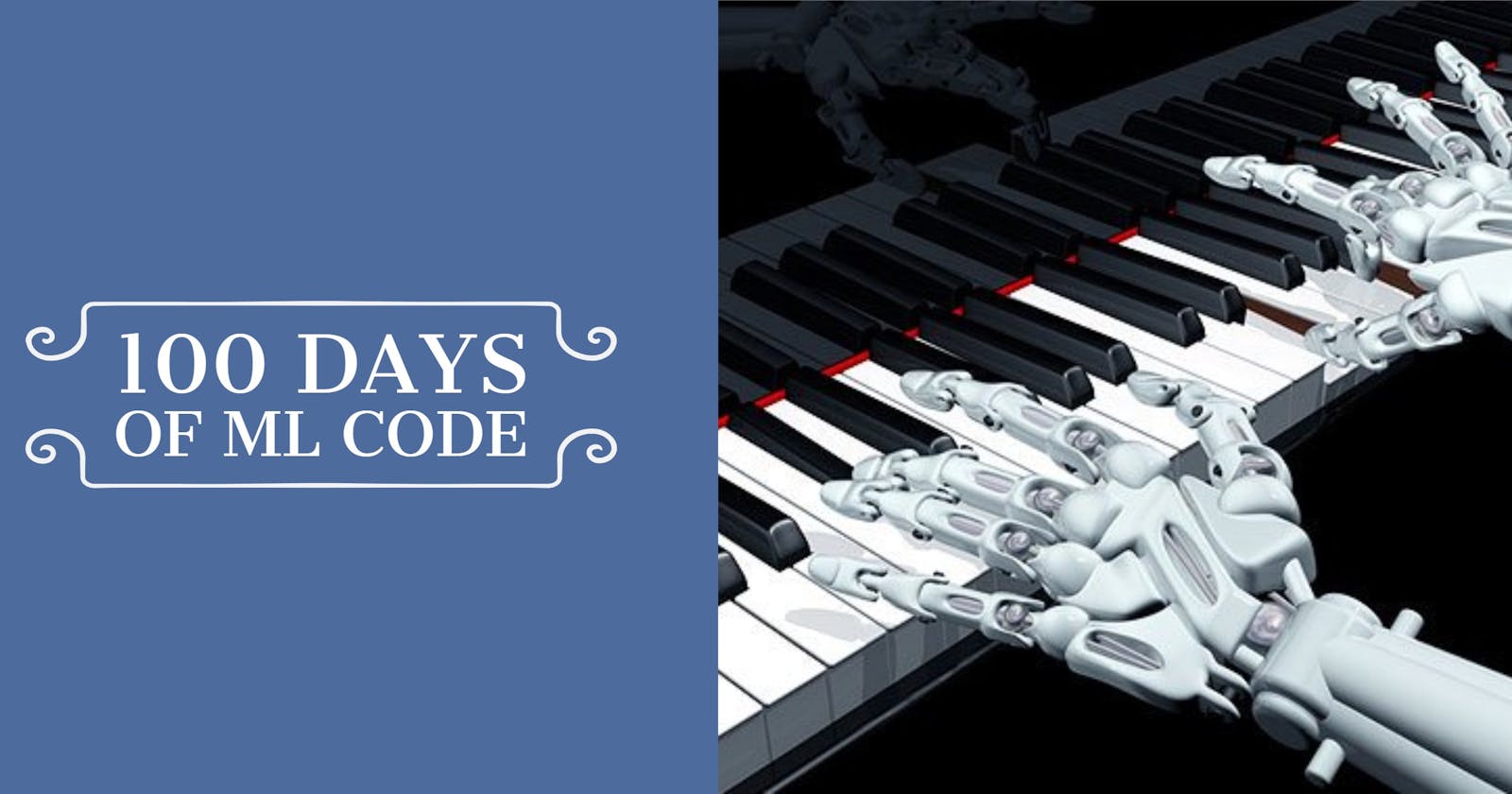Recap From Day 001
Towards the end of day 1, we learned about training data/sets. We learned that training data trains or teaches the learning algorithm what the model should ultimately do. “Each training example consists of one input paired with one example output.”
How exactly does the training data trains or teaches the learning algorithm what the model should ultimately do? you may ask. The answer is in the next section.
How Machine Learning Works
“Machine learning uses two types of techniques: supervised learning, which trains a model on known input and output data so that it can predict future outputs, and unsupervised learning, which finds hidden patterns or intrinsic structures in input data.” — MathWorks: machine_learning_section1_ebook
 Credit: MathWorks: machine_learning_section1_ebook
Credit: MathWorks: machine_learning_section1_ebook
For us as musicians and artists, for the most part, we’re going to focus on supervised learning algorithms which will be very useful in building the type of systems I will show you as we journey on.
Now, we know that supervised learning pair one example input with one example output.
Let’s take a typical example of an interactive system that captures your solfège hand signs and plays an audio recording of the corresponding solfège syllables (do re mi, etc.). We can take each training example as solfège hand sign paired with a sound that we want to be played whenever we make that hand sign.
“If you’re going to build a new model using machine learning, you can start by finding or creating a training set, then you want to choose a learning algorithm and tell that learning algorithm to build a model from the training set. This process is called training.” — Dr. Rebecca Fiebrink
 Supervised Learning: How Training Works
Supervised Learning: How Training Works
“Once you’ve trained the model, you can show the model any new input and it will produce some output. Machine learning algorithms are usually designed so that if you show the model an input that is similar to an input in the training set, it should produce an output that is similar to the corresponding output in the training set.” — Dr. Rebecca Fiebrink
Today’s Conclusion
Today, we’ve learned how machine learning works with a typical example applied to an interactive system.
You made it to the end of day 002. Thank you for taking time out of your schedule and allowing me to be your guide on this journey. Starting tomorrow, we’ll explore a tool that allows you to use machine learning in your work without writing a single line of code.

